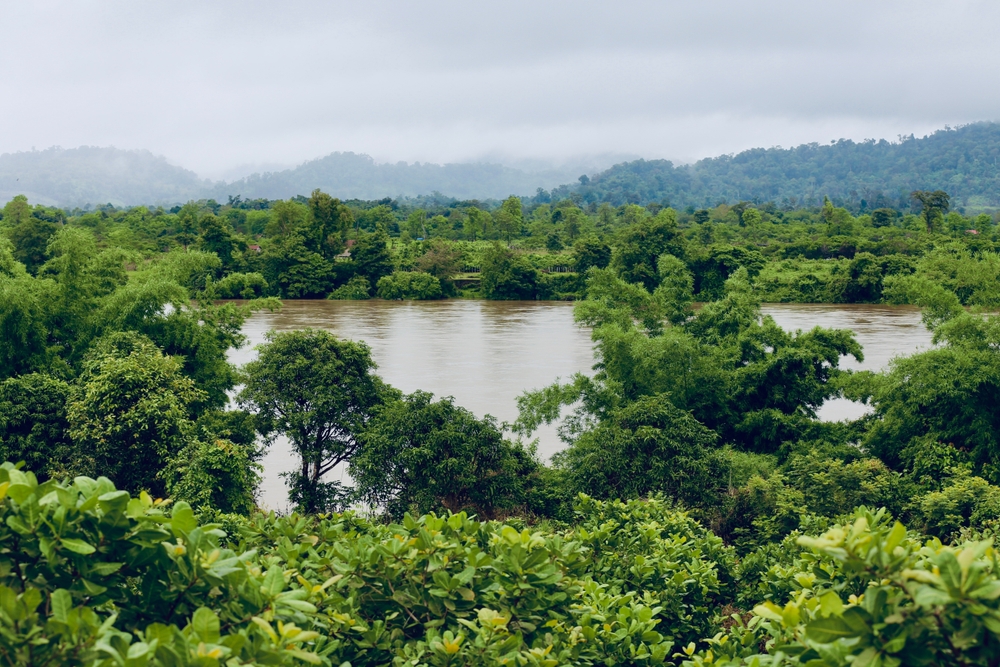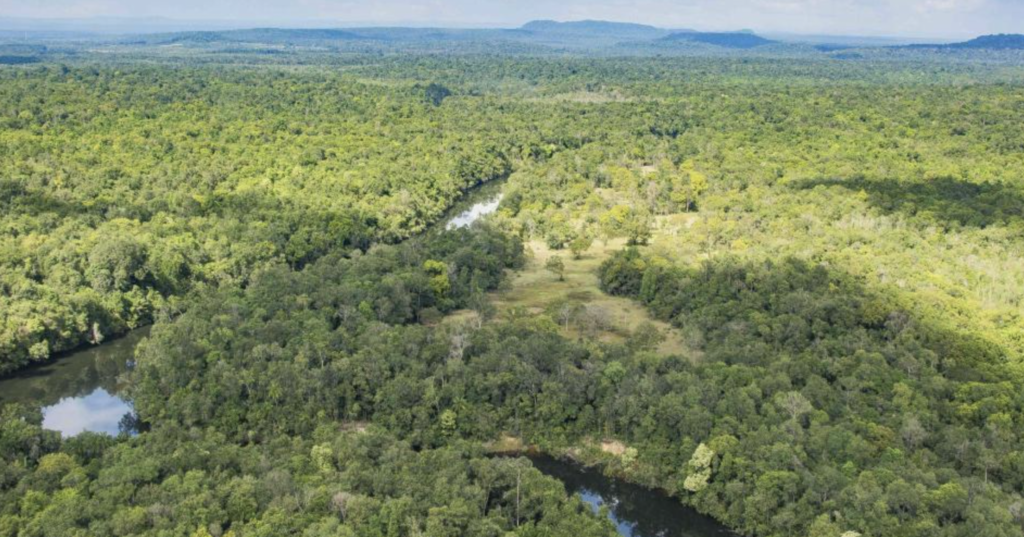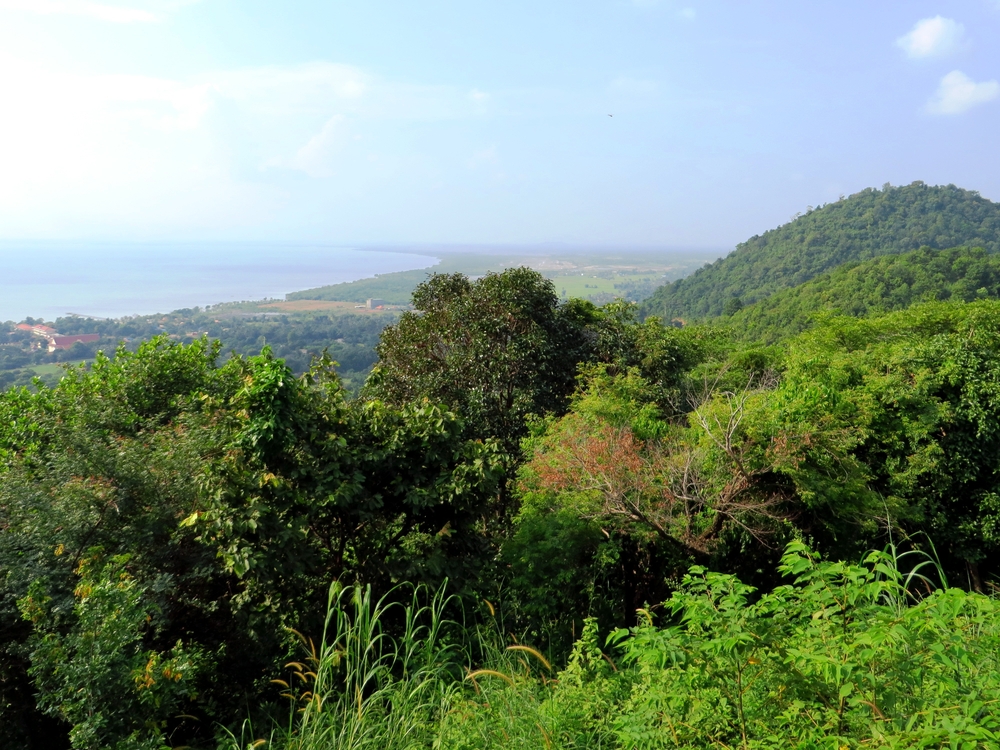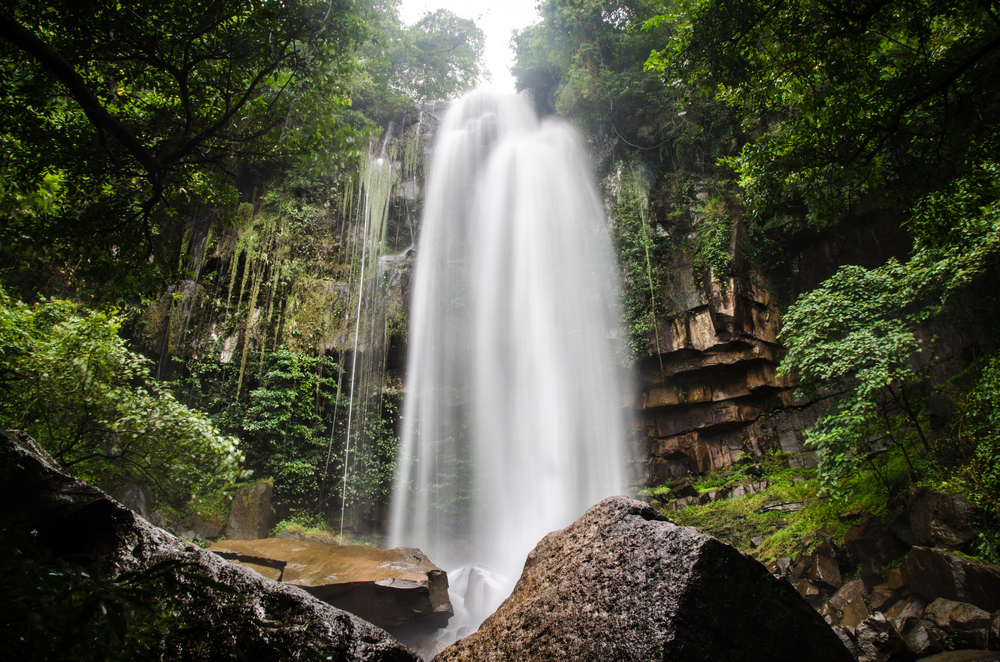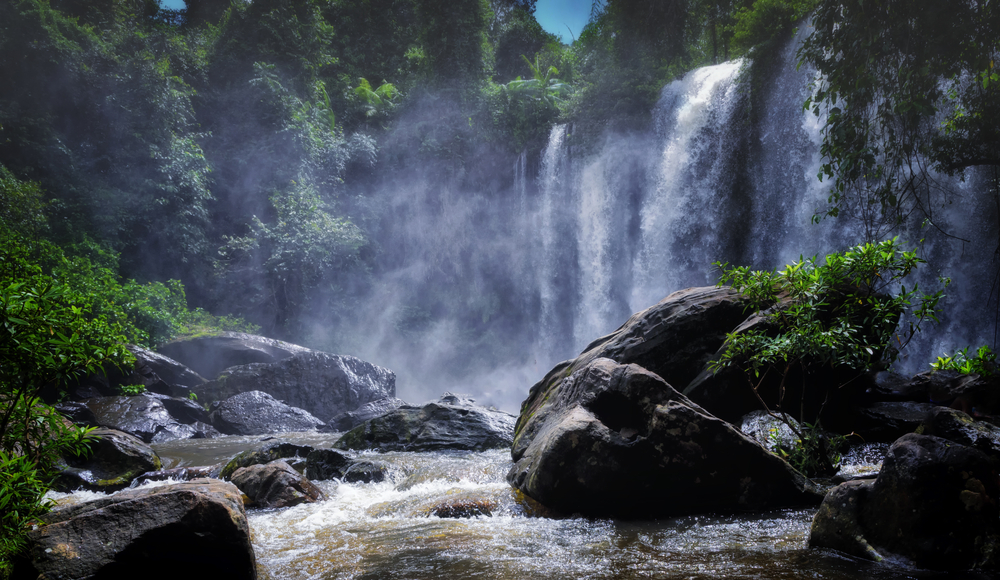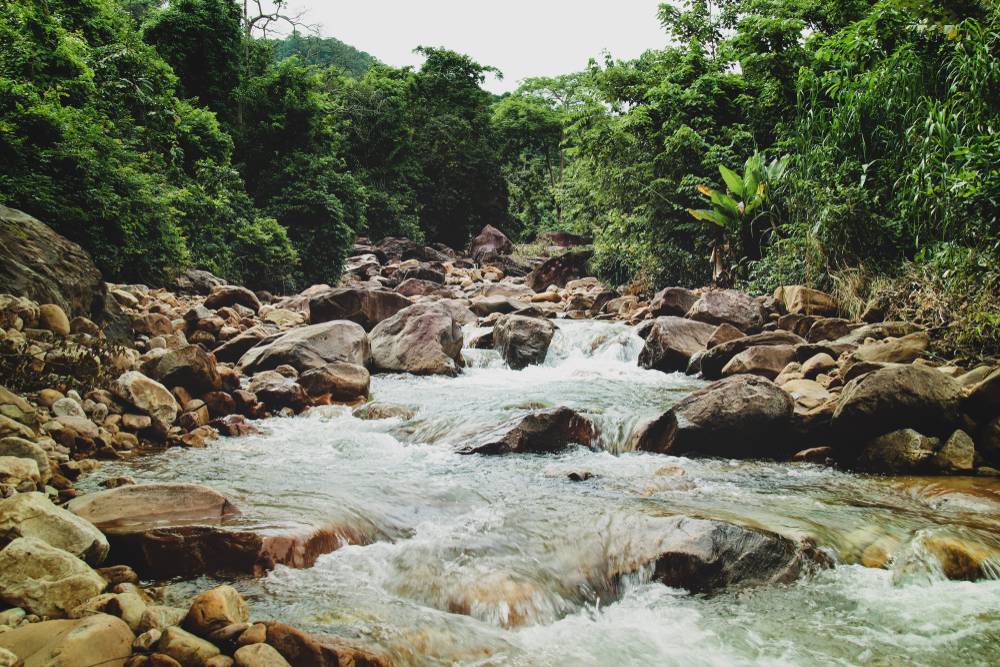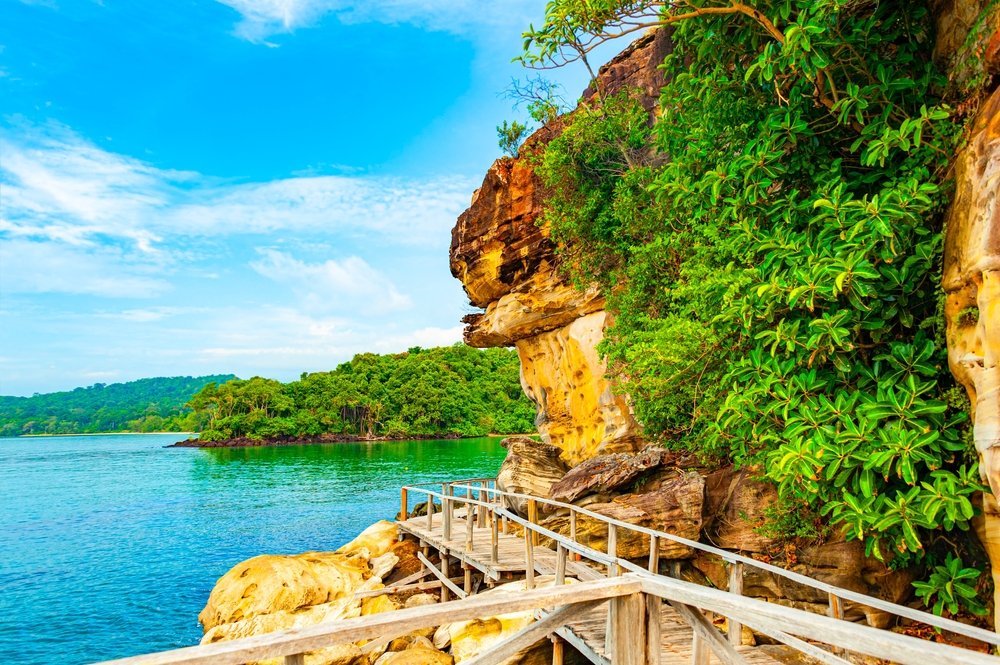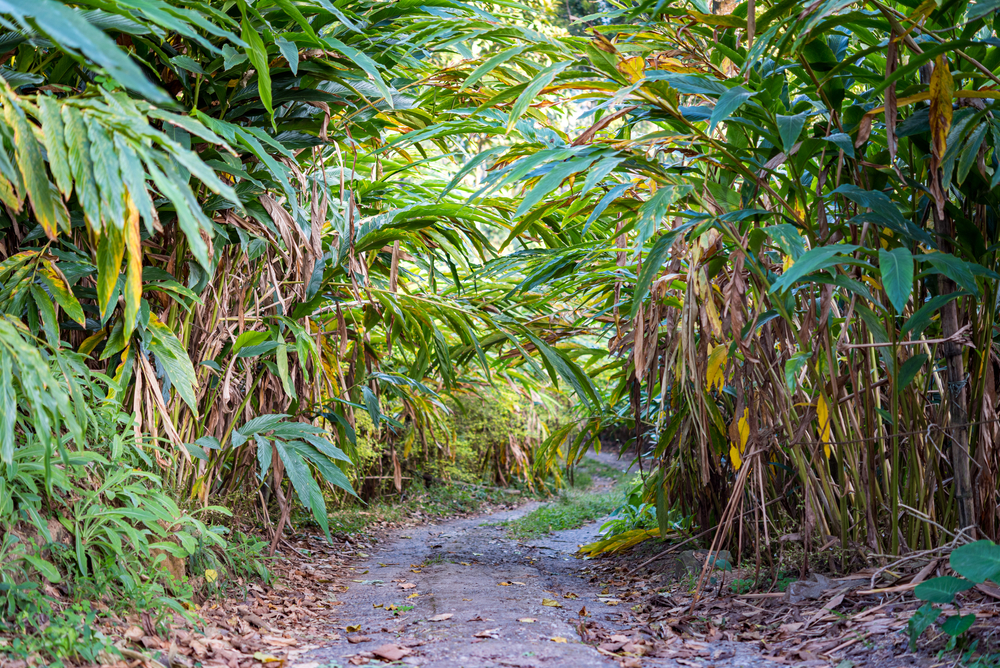Virachey Overview
Virachey National Park, located in northeastern Cambodia, spans approximately 1,429 square miles (3,700 square kilometers) and represents one of Southeast Asia’s most significant biodiversity hotspots. Known locally as “Preah Virachey,” this remote wilderness is a testament to Cambodia’s natural heritage and a critical area for global conservation efforts. Nestled in the Annamite Mountain range along the border with Laos and Vietnam, the park features a stunningly diverse landscape of rugged mountains, dense lowland forests, river valleys, and open grasslands. These terrains form an intricate mosaic of ecosystems, each teeming with unique flora and fauna.
The vegetation in Virachey is a mix of tropical evergreen and deciduous forests, with towering dipterocarp trees dominating much of the canopy. Bamboo thickets and lush undergrowth thrive in the park’s wetter areas, while orchids and other epiphytes cling to the high branches, adding bursts of color. This dense forest cover supports a wealth of wildlife, including several endangered species. Visitors may encounter rare animals such as clouded leopards, sun bears, and Asiatic black bears. The park is also home to primates like the red-shanked douc langur and the northern pig-tailed macaque. Birdwatchers will find the area especially rewarding, with sightings of hornbills, eagles, and the elusive green peafowl among the park’s highlights.
Engaging with Virachey National Park offers visitors opportunities to connect with its pristine environment and cultural heritage. Guided treks, often led by local Indigenous people, take adventurers deep into the park to experience its natural beauty and learn about traditional ways of life. Multi-day hiking and camping trips reveal the park’s most remote areas, including breathtaking waterfalls and hidden valleys. The Tonle San River provides an additional way to explore, with boat journeys offering a chance to view the park’s wildlife from the water.
Despite its beauty and biodiversity, Virachey faces significant conservation challenges. Illegal logging, poaching, and encroaching development threaten the park’s ecosystems. Additionally, limited funding and infrastructure pose obstacles to effective management and protection. Conservation organizations and local communities are working together to combat these issues through initiatives like community-based ecotourism and wildlife monitoring. These efforts aim to balance environmental preservation with economic benefits for local populations, ensuring the park’s future.
Virachey National Park is a treasure trove of natural and cultural wonders, offering a glimpse into one of the last untouched wildernesses in the region. Its rich biodiversity, stunning landscapes, and cultural connections make it a must-visit for those seeking adventure and a deeper understanding of Cambodia’s natural heritage. With ongoing conservation efforts, Virachey remains a beacon of hope for sustainable tourism and biodiversity protection.








































































